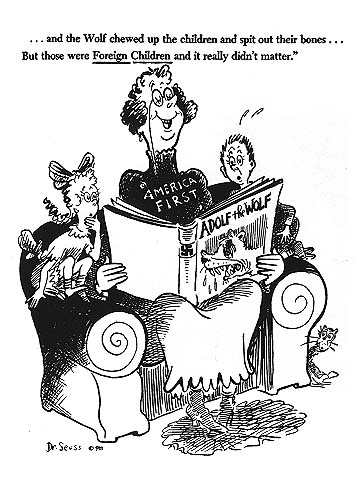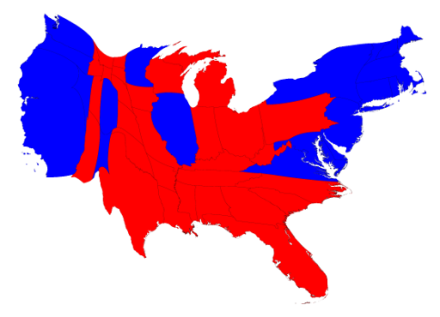Paper#1
In his great work, Black Reconstruction in America 1860 to 1880, historian W.E.B. Du Bois wrote this: “One reads the truer deeper facts of Reconstruction with a great despair. It is at once so simple and human, and yet so futile. There is no villain, no idiot, no saint. There are just men; men who crave ease and power, men who know want and hunger, men who have crawled.”
Assess the events of Reconstruction from the perspective of the nearly four million newly freed Americans in the South, starting with the death of Lincoln and ending with the Compromise of 1877. What went right? What went wrong? What would you have done differently?
Make sure to provide authoritative sources in APA format.
B., D. B. (1962). Black Reconstruction in America 1860-1880. World Publishing.
Paper#2
Theodore Roosevelt was one of the most complex figures in our nation’s history. He was also president during a period in which, before radio or TV, political cartoons in newspapers truly flourished. Choose one cartoon of TR and explain its meaning. What is the issue at hand? Is it a positive portrayal of TR or a negative one and what is your evidence for your opinion? Finally, what does the cartoon reveal about TR’s character? Make sure to paste the cartoon you investigate below your response!

Paper#3
Many people do not realize that Dr. Seuss (Theodor Seuss Geisel), was a political cartoonist as America entered and fought World War II. His cartoons during this period address many issues, from the dangers of Nazism to racism here at home. (The cartoon below, for example, mocks isolationism and the ‘America First’ movement.)
Choose one cartoon from Dr. Seuss from the 1930’s or 1940’s and explain its larger historical context. Who or what is being addressed and what do you feel Dr. Seuss is “saying” about the subject through the medium of his art? Do you feel Dr. Seuss has a positive or a negative view toward the characters in the cartoon you select? Do you agree with Dr. Seuss’ point of view in the cartoon you select?
Make sure to paste the cartoon you investigate below your response!

Make sure to provide authoritative sources in APA format.
Paper#4
From November 1963 to January 1969, Lyndon B. Johnson served as president during some of the nation’s most tumultuous years since the Civil War.
Assess his presidency. What were his accomplishments? What were his failures? Overall, did Johnson have a positive impact on America or a negative one and what is the historical evidence that supports your view? Make sure to bring in foreign and domestic issues and events to support your views.
Make sure to provide authoritative sources in APA format.

Paper#5
In a series of speeches in 1967, Dr. King first used the phrase “two Americas” to describe the link between racism and economic inequality. John Edwards, the Democratic nominee for Vice President in 2004, popularized this phrase, using “two Americas” to refer to the increased social stratification between America’s rich and poor. However, in today’s America, the phrase tends to conjure the division between “Red” and “Blue” America. The causes for this phenomenon are complex, from gerrymandering congressional districts to the rise of echo chamber media. What factors, in your view, are most responsible for creating the division between “Red” and “Blue” America and how do all of us, we the people as a nation, address this stark divide to form a more peaceful purple America?
To help get you started, here is a link to .

